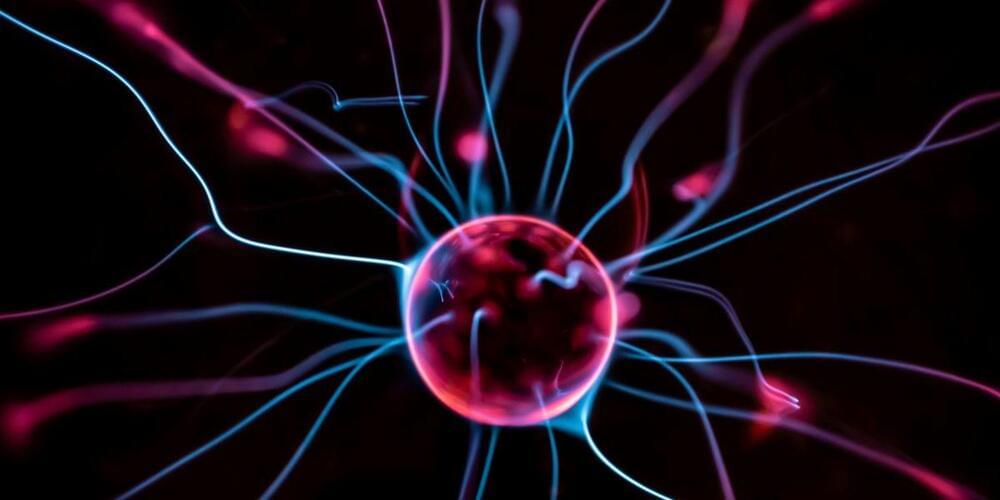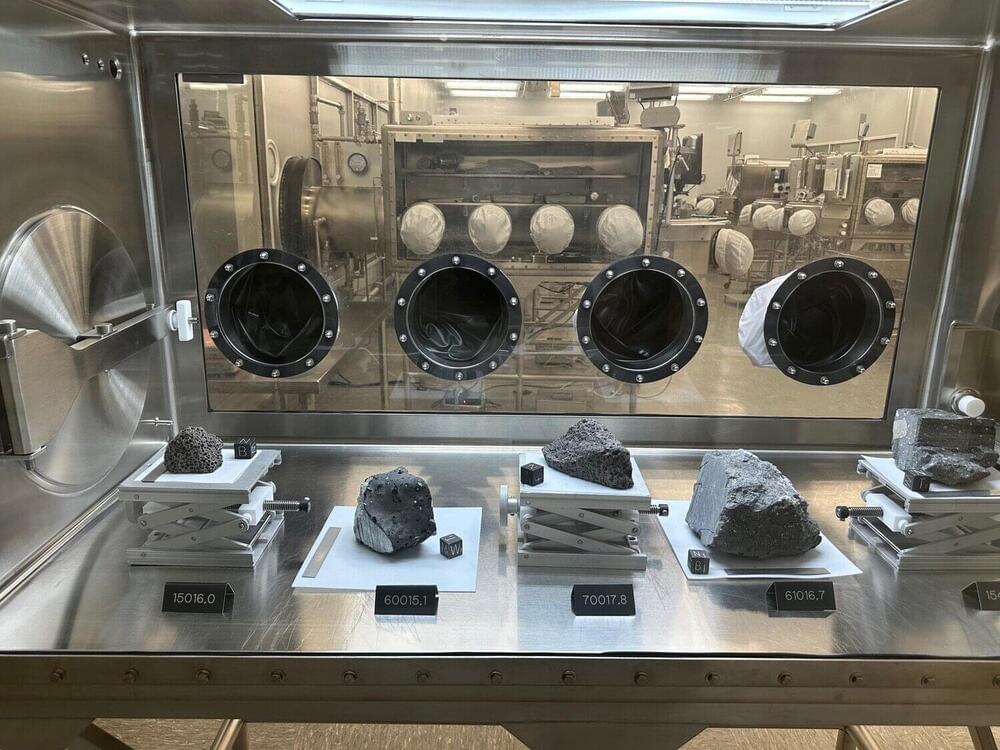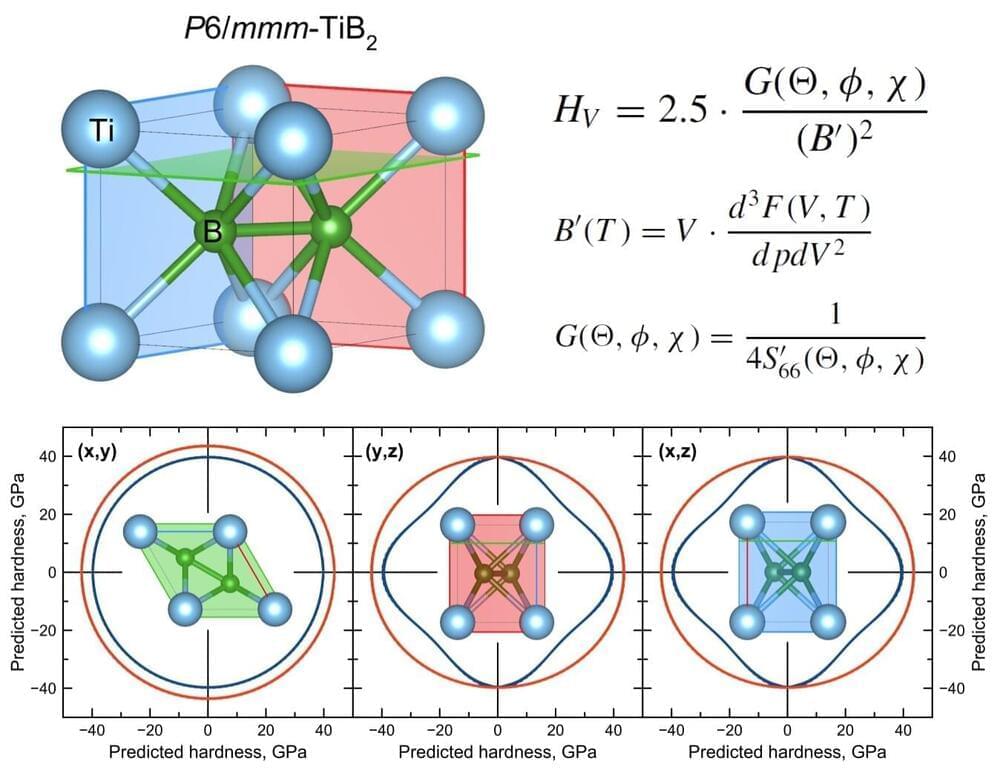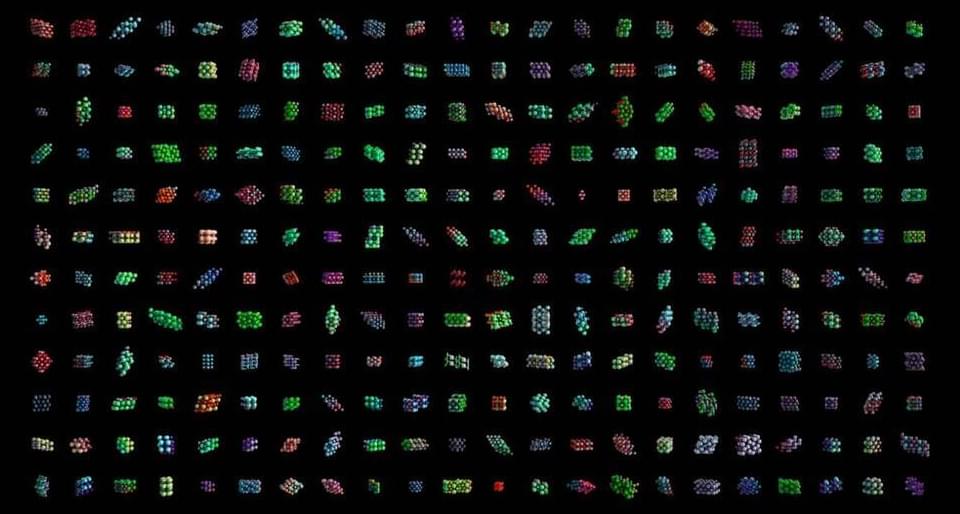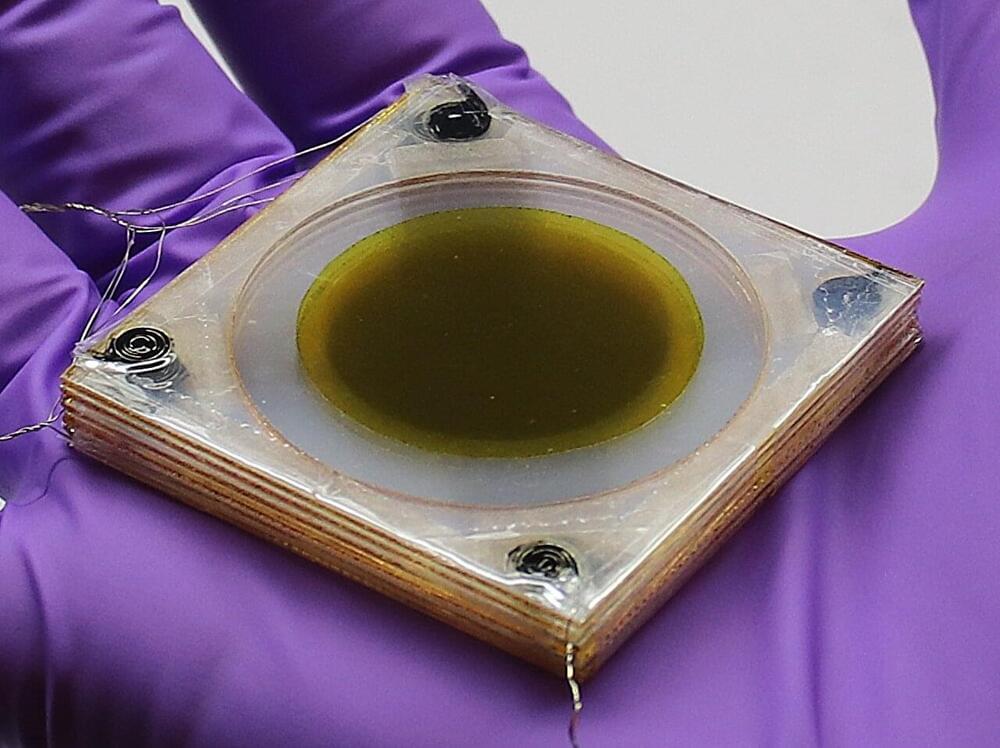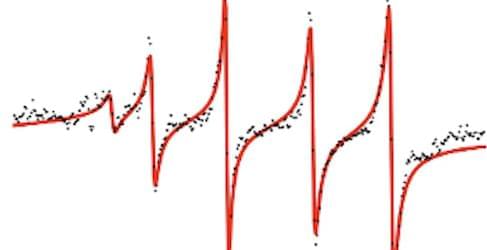Archive for the ‘materials’ category: Page 2
Jan 17, 2025
Is the moon a chunk ejected from Earth? Study sheds light on moon formation, origin of water on Earth
Posted by Saúl Morales Rodriguéz in categories: materials, space
A research team from the University of Göttingen and the Max Planck Institute for Solar System Research (MPS) has discovered another piece in the puzzle of the formation of the moon and water on Earth. The prevailing theory had been that the moon was the result of a collision between early Earth and the protoplanet Theia. New measurements indicate that the moon formed from material ejected from the Earth’s mantle with little contribution from Theia.
In addition, the findings support the idea that water could have reached Earth early in its development and may not have been added by late impacts. The results are published in the Proceedings of the National Academy of Sciences.
The researchers analyzed oxygen isotopes from 14 samples from the moon and carried out 191 measurements on minerals from Earth. Isotopes are varieties of the same element that differ only in the weight of their nucleus. The team used an improved version of laser fluorination, a method in which oxygen is released from rock using a laser.
Jan 17, 2025
Researchers propose new physical model for predicting hardness of materials
Posted by Saúl Morales Rodriguéz in categories: information science, materials
Physically Intuitive Anisotropic Model of Hardness https://arxiv.org/abs/2412.
Skoltech researchers have presented a new simple physical model for predicting the hardness of materials based on information about the shear modulus and equations of the state of crystal structures. The model is useful for a wide range of practical applications—all parameters in it can be determined through basic calculations or measured experimentally.
The results of the study are presented in the Physical Review Materials journal.
Continue reading “Researchers propose new physical model for predicting hardness of materials” »
Jan 17, 2025
Rethinking materials innovation with AI
Posted by Dan Kummer in categories: materials, robotics/AI
Microsoft research blog.
PromptWizard from Microsoft Research is now open source. It is designed to automate and simplify AI prompt optimization, combining iterative LLM feedback with efficient exploration and refinement techniques to create highly effective prompts in minutes.
Jan 16, 2025
Hubble reveals surprising spiral shape of galaxy hosting young jet
Posted by Shubham Ghosh Roy in categories: cosmology, materials
The night sky has always played a crucial role in navigation, from early ocean crossings to modern GPS. Besides stars, the United States Navy uses quasars as beacons. Quasars are distant galaxies with supermassive black holes, surrounded by brilliantly hot disks of swirling gas that can blast off jets of material.
Following up on the groundbreaking 2020 discovery of newborn jets in a number of quasars, aspiring naval officer Olivia Achenbach of the United States Naval Academy has used NASA’s Hubble Space Telescope to reveal surprising properties of one of them, quasar J0742+2704.
“The biggest surprise was seeing the distinct spiral shape in the Hubble Space Telescope images. At first I was worried I had made an error,” said Achenbach, who made the discovery during the course of a four-week internship.
Jan 16, 2025
Soft bioelectronics take flight: New sensors tested on butterfly wings
Posted by Shubham Ghosh Roy in categories: computing, materials
The study introduces soft, conformable transistors embedded in a single organic material.
Researchers develop biocompatible implants that adapt to the body’s growth, paving the way for advanced neurological monitoring in children.
Jan 15, 2025
Webb reveals intricate layers of interstellar dust and gas
Posted by Saúl Morales Rodriguéz in categories: materials, space

Once upon a time, the core of a massive star collapsed, creating a shockwave that blasted outward, ripping the star apart as it went. When the shockwave reached the star’s surface, it punched through, generating a brief, intense pulse of X-rays and ultraviolet light that traveled outward into the surrounding space. About 350 years later, that pulse of light has reached interstellar material, illuminating it, warming it, and causing it to glow in infrared light.
NASA’s James Webb Space Telescope has observed that infrared glow, revealing fine details resembling the knots and whorls of wood grain. These observations are allowing astronomers to map the true 3D structure of this interstellar dust and gas (known as the interstellar medium) for the first time.
Continue reading “Webb reveals intricate layers of interstellar dust and gas” »
Jan 15, 2025
Next-generation wearables: Compact cooling pump drops temperatures by 16°F
Posted by Saúl Morales Rodriguéz in categories: materials, wearables
UCLA materials scientists have developed a compact cooling technology that can pump away heat continuously using layers of flexing thin films. The design is based on the electrocaloric effect, in which an electric field causes a temporary change in a material’s temperature.
In lab experiments, the researchers found that the prototype could lower ambient temperatures of its immediate surroundings by 16 degrees Fahrenheit continuously and up to 25 degrees at the source of the heat after about 30 seconds.
Detailed in a paper published in the journal Science, the approach could be incorporated into wearable cooling technology or portable cooling devices.
Researchers have measured graphene’s plasmon spectrum using a novel electron-based spectroscopy technique.
Jan 14, 2025
GE Aerospace aims for hypersonic flight with its ramjet tech in 2025
Posted by Genevieve Klien in categories: materials, transportation
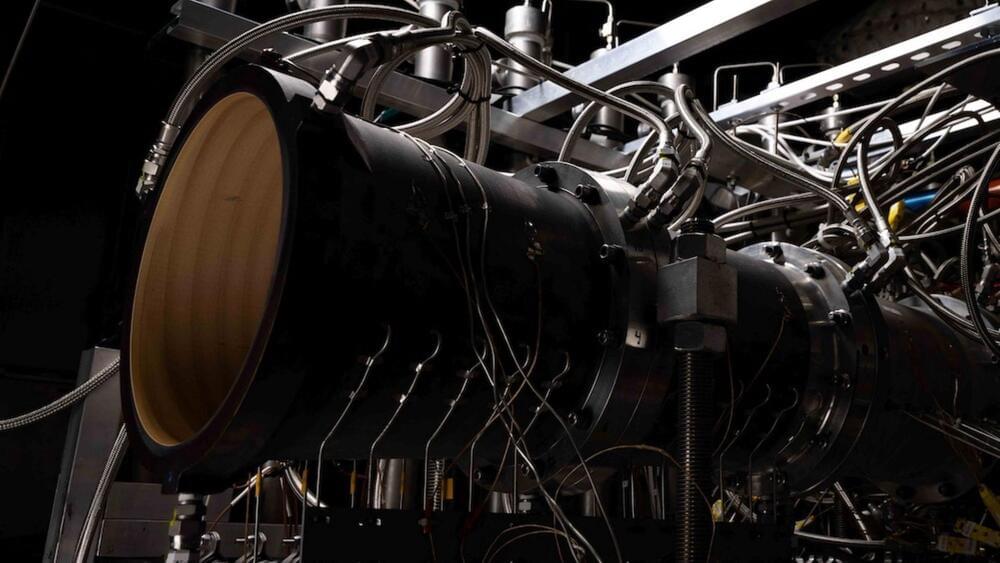
GE Aerospace is advancing hypersonic flight with plans to scale up its dual-mode ramjet technology in 2025.
To create a full propulsion system, engineers will improve sophisticated controls and use state-of-the-art materials from jet engine advancements in the upcoming months. This will be a crucial step in reaching flying capabilities.
Continue reading “GE Aerospace aims for hypersonic flight with its ramjet tech in 2025” »
